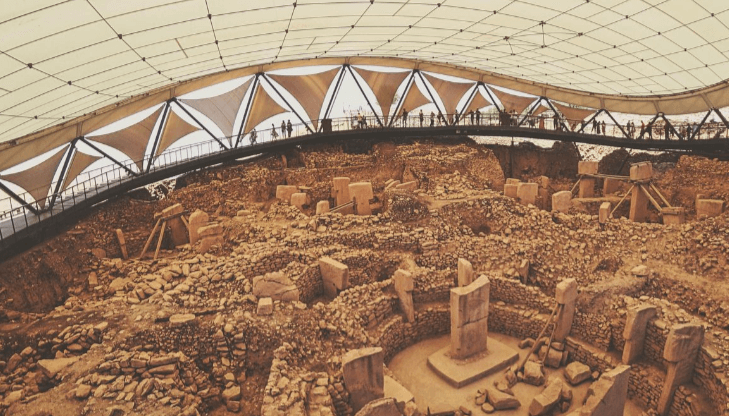In the science of archaeology, what new technologies are uncovering about ancient human civilizations?

Archaeology, the study of human history through excavation and analysis, has always captivated our imagination. As we delve deeper into ancient times, new technologies are dramatically changing how we explore and understand ancient civilizations. This piece explores the innovative technologies reshaping archaeology.
Innovative Technologies in Archaeology
Geographic Information Systems have transformed the way archaeologists analyze and interpret data. GIS allows for the mapping and spatial analysis of archaeological finds, enabling researchers to see patterns that would be invisible at ground level.
Satellite Imagery and Remote Sensing
Satellite imagery and remote sensing technology have unlocked the ability to survey large areas of the earth’s surface without ever having to dig. These tools have helped discover hidden pyramids, ancient road systems, and even lost cities.
3D Modeling and Virtual Reality
3D modeling technology and virtual reality are allowing archaeologists and the public to step back in time. Detailed recreations of ancient buildings, artifacts, and even landscapes can now be explored virtually, providing a new perspective on how ancient peoples lived.
Digital Archaeology and Data Management
As more archaeological digs go digital, the management of data has become crucial. Digital records of digs, including 3D models of sites and artifacts, are ensuring that this information is preserved and accessible worldwide.
Radiocarbon Dating and DNA Analysis
Advancements in radiocarbon dating and genetic testing are providing new insights into the migration patterns of ancient civilizations and relationships between different groups.
Underwater Sonar and Marine Archaeology
Underwater archaeology has benefited from sonar technology, which enables the discovery and mapping of submerged archaeological sites, such as shipwrecks and sunken cities.
Ground-penetrating Radar (GPR)
GPR is a non-invasive method used to detect and map archaeological sites beneath the surface without the need for excavation. This technology is particularly useful in sensitive areas where traditional excavation methods might cause damage.
Artificial Intelligence and Machine Learning in Archaeology
AI and machine learning are beginning to play a role in archaeological research, from predicting the likelihood of finding significant archaeological sites to analyzing large datasets of artifacts to uncover hidden patterns.
Case Studies of Technology in Archaeology
In South Africa, the use of technology led to the discovery of Homo naledi, a previously unknown ancient human ancestor. Detailed scans and virtual reconstruction of the fragile bones allowed researchers to analyze the remains without causing damage.
In Cambodia, airborne laser scanning technology revealed the city of Angkor was significantly larger than previously thought, with intricate water management systems that sustained its large population.
Satellite imagery and remote sensing have guided archaeologists to potential Viking settlements in North America, extending our knowledge of their reach beyond Greenland and Newfoundland.
How New Technologies are Shaping the Future of Archaeology
As technology evolves, its integration into archaeology is likely to increase, providing new lenses through which we can view our past. The continued development and refinement of these tools hold the promise of unlocking more secrets from ancient civilizations.
Conclusion
The integration of technology in archaeology has not only enhanced traditional methods but has also opened new horizons in understanding ancient human civilizations. With each technological advancement, we gain a clearer picture of our ancestors, offering insights not only into their lives but into the development of human history itself.
Frequently Asked Questions
What is the most impactful technology in archaeology today?
Remote sensing and imaging technologies have had the most significant impact on archaeology, enabling the discovery of sites without physical excavation.
How does 3D modeling help in archaeology?
3D modeling helps by creating precise replicas of artifacts and sites, which can be analyzed and shared without the need to handle the original objects, preserving them for future generations.
Can AI really predict archaeological sites?
Yes, AI can analyze vast amounts of data from satellite images and historical records to predict where undiscovered archaeological sites might be located.
What challenges do archaeologists face when implementing new technologies?
Challenges include the high cost of technology, the need for specialized training, and sometimes the slow adoption of new methods within the traditional practices of the field.
How do new technologies impact the preservation of archaeological sites?
New technologies can enhance the preservation of archaeological sites by reducing the need for invasive techniques and by documenting sites in digital formats that ensure information is preserved even if the physical site is lost.
Are these technologies accessible to archaeologists worldwide?
While there is growing accessibility, the disparity in technological access between countries and institutions can limit the use of advanced technologies in some parts of the world.





